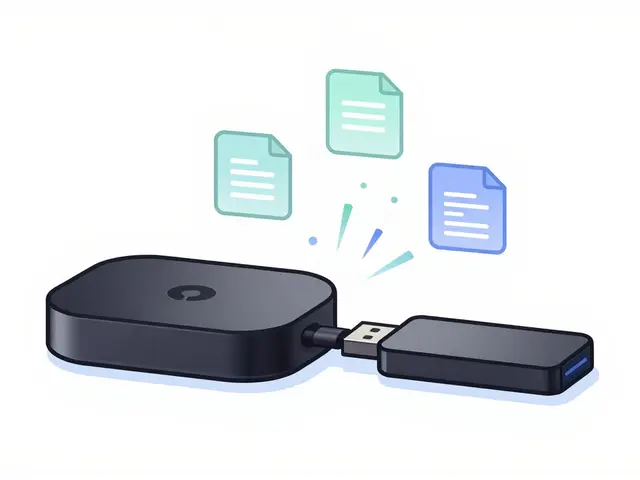Ibuprofen Basics: What It Is and When to Use It
If you’ve ever had a headache, sore muscles, or a fever, you’ve probably reached for ibuprofen. It’s an over‑the‑counter anti‑inflammatory that eases pain and reduces swelling. Most people take it without a prescription, but treating it like a simple cure‑all can lead to problems. Knowing the right dose, timing, and what to avoid makes the difference between quick relief and unwanted side effects.
How to Take Ibuprofen Safely
Start with the lowest dose that works for you. For adults, 200‑400 mg every 4‑6 hours is typical, and you shouldn’t exceed 1,200 mg unless a doctor says it’s okay. Kids get a dose based on weight, so read the label carefully. Take ibuprofen with food or milk; it helps protect your stomach lining. If you notice stomach pain, heartburn, or dark stools, stop using it and talk to a pharmacist.
People with certain health issues need extra caution. Those with high blood pressure, kidney disease, or a history of ulcers should check with a healthcare professional before using ibuprofen regularly. It can raise blood pressure and strain kidneys, especially when taken in high doses or for a long time.
Ibuprofen and Other Medications
Ibuprofen can clash with a lot of other drugs. Common culprits include blood thinners like warfarin, other NSAIDs (like naproxen), and certain blood pressure medicines. Those combos can increase bleeding risk or reduce how well your meds work. The How to Understand and Use a Drug Interaction Chart Safely guide on our site walks you through reading those charts, so you can spot risky pairings before they become a problem.
Antibiotics are another area to watch. While ibuprofen itself doesn’t reduce antibiotic effectiveness, taking it with some antibiotics can irritate the stomach more than either drug alone. And if you’re battling an infection that’s resistant to antibiotics, adding ibuprofen might mask fever, making it harder to track your progress.
Genetics can play a role too. The Pharmacogenetics article explains how your DNA can influence how you metabolize ibuprofen. Some people process the drug quickly and feel little effect, while others may experience stronger side effects at standard doses. If you’ve had unusual reactions to pain meds, ask your doctor about a simple genetic test.
When you shop for ibuprofen, you’ll see brand‑name versions (Advil, Motrin) alongside generic ones. The Brand‑Name vs. Generic Drugs post breaks down why the active ingredient is the same, but price and filler ingredients can differ. Generic ibuprofen is usually just as effective and far cheaper, so don’t feel locked into a name brand.
In everyday use, the biggest mistakes are taking too much, mixing with other NSAIDs, and ignoring stomach warnings. Keep a small notebook of any medicines you’re on, note the ibuprofen dose, and set a reminder if you’re taking it for more than a few days. If pain persists beyond 10 days or you need more than the maximum daily dose, it’s time to see a doctor rather than loading up on pills.
Bottom line: ibuprofen is a handy tool for pain and inflammation, but it works best when you respect the dosage, watch for interactions, and choose the right formulation for your wallet. With these simple habits, you’ll get relief without the hassle.
6
Pharmaceutical Breakdown of Popular Meds: Mechanisms, Risks, and Interactions (2025 Guide)
Clear, practical breakdown of common medicines: how they work, what they treat, risks, and key interactions-updated for 2025 with Australia-focused tips.
Latest Posts
Popular Posts
-
 App Layout Strategies: Organize Streaming Services by Genre and Use
App Layout Strategies: Organize Streaming Services by Genre and Use
-
 Four Weddings and a Funeral Review: Why It’s Still the Gold Standard of ’90s Rom-Coms
Four Weddings and a Funeral Review: Why It’s Still the Gold Standard of ’90s Rom-Coms
-
 Best Streaming Devices 2025: Complete Buyer's Guide
Best Streaming Devices 2025: Complete Buyer's Guide
-
 How to Expand Storage on Fire TV with USB Drives and Manage Apps Better
How to Expand Storage on Fire TV with USB Drives and Manage Apps Better
-
 Best Educational TV Shows for Preschoolers, Elementary Kids, and Tweens
Best Educational TV Shows for Preschoolers, Elementary Kids, and Tweens



